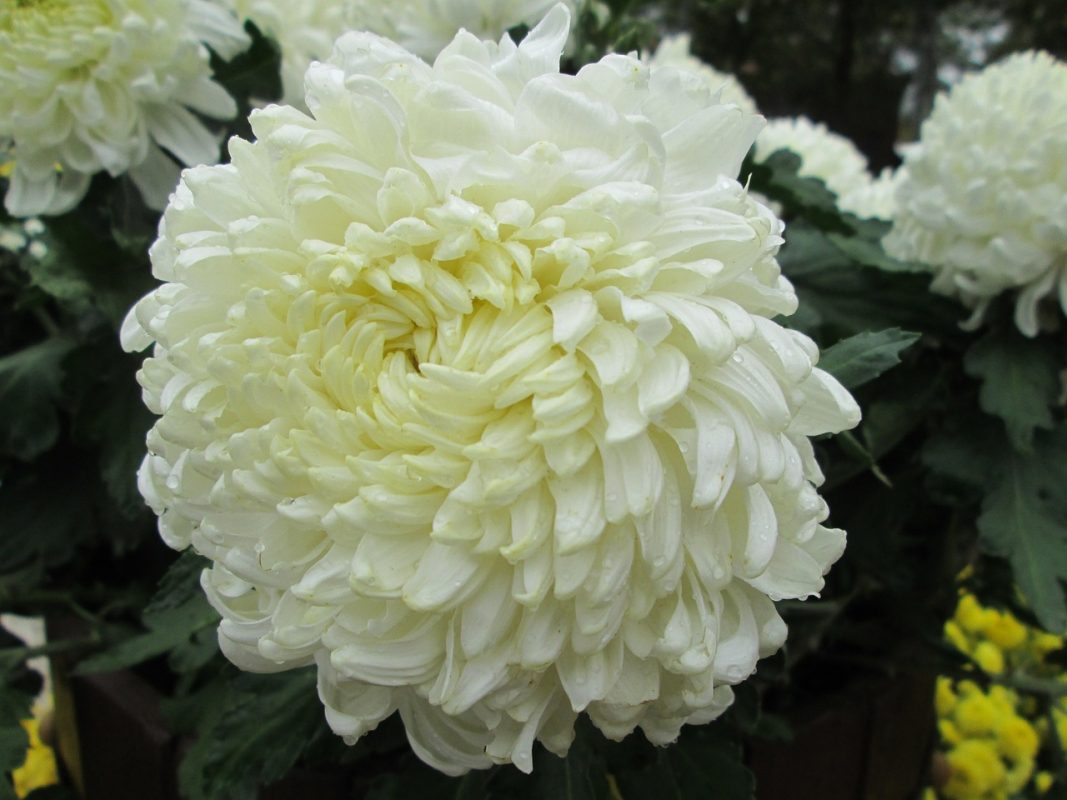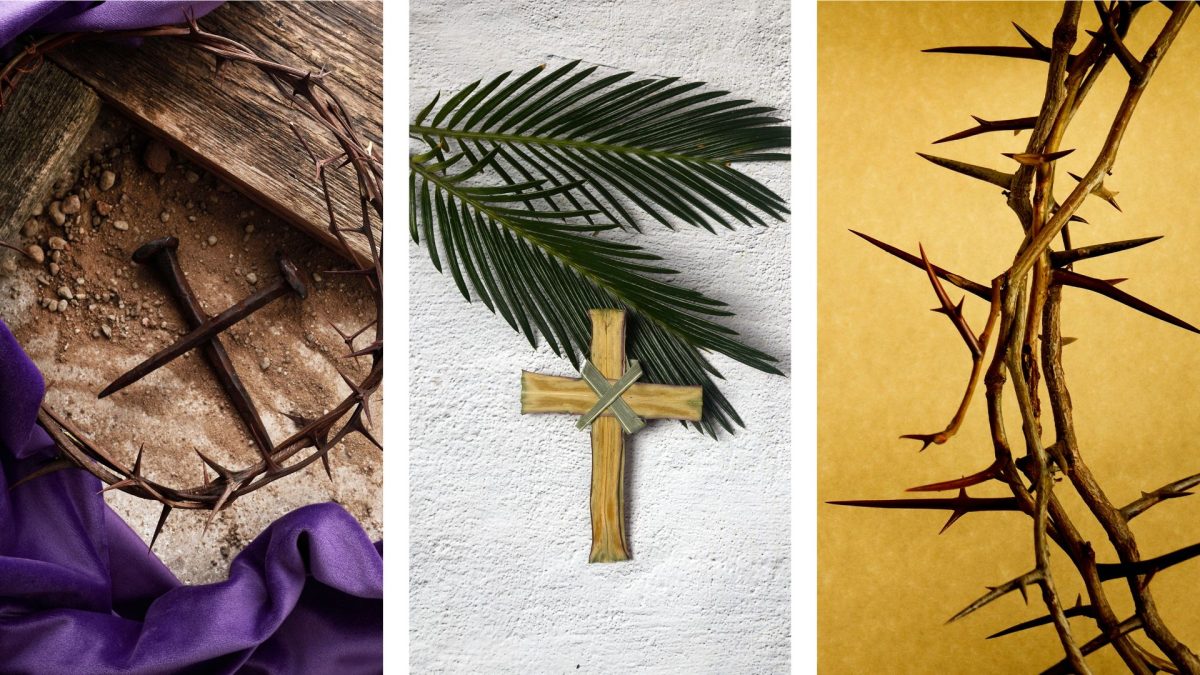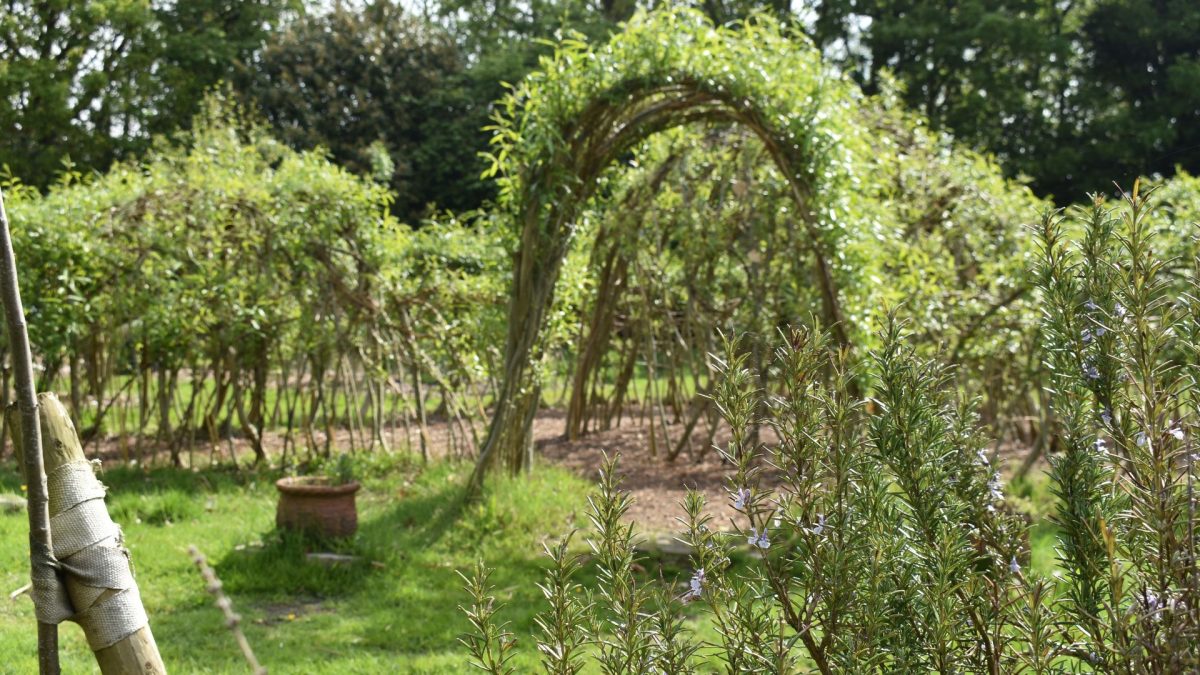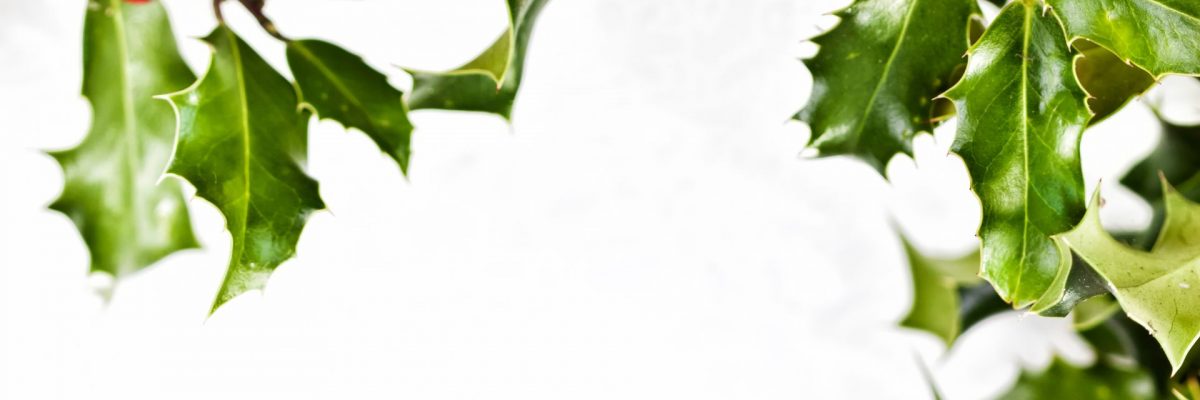
Advent Nature Trail: Uncovering Christian Symbolism in Festive Plants
Advent is upon us and as we approach the month of December, we turn our minds to one or two traditions that are so iconic for the festive season.
One of the best-loved traditions for this time of year is to decorate our homes with wreaths, garlands, trees, and other plants to bring a little festive cheer to the dark, cold nights. But where do these traditions come from and what is the symbolism behind these different plants?
We took a walk around our lovely centre and spoke to our knowledgeable staff to find out more about these plants, how they reflect our Catholic faith, and how we can use them to help us journey towards Christ this Advent.
Holly: The popular carol “The Holly and the Ivy” is undoubtedly a staple of any Christmas carol concert, but what is the symbolism behind this iconic festive plant? Originating from Druid, Celtic, and Roman traditions, this evergreen leaf has long been a symbol of eternal life. However, Christians carried on the tradition but changed the symbolism to reflect our own faith. Now, we use holly as a symbol for Christ: using the bright red berries to remind us of the blood that Jesus would shed for us, and the spiky leaves to depict the crown of thorns that Jesus would wear as he died.
Ivy: The other half of our iconic Christmas plant duo is the ivy. This plant is commonly found climbing up trees, hedges, and walls but its distinct shape bears some striking religious connotations. Thanks its pointed leaves, ivy is also representative of Christ’s crown of thorns, reminding us of the sacrifice this baby would ultimately make for all mankind.
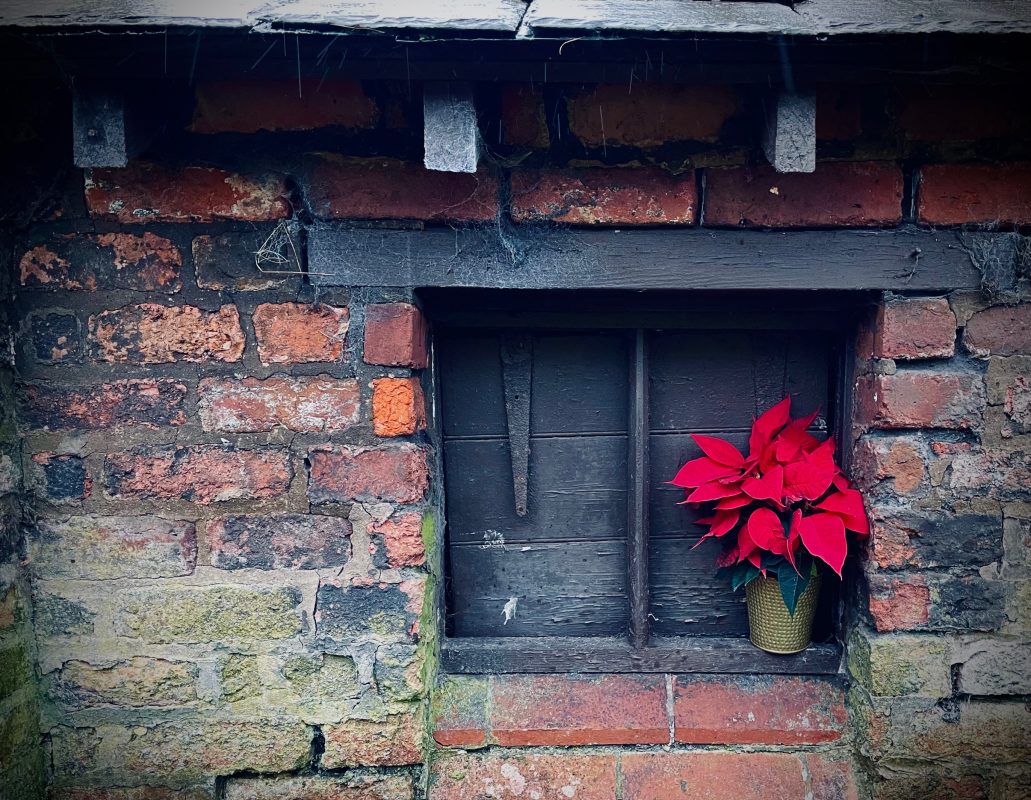
Poinsettia: Instantly recognisable due to its vibrant red colour, the striking poinsettia is the ultimate poster plant for the festive season! According to a Mexican legend, a girl’s gift to Jesus of a bouquet of weeds was transformed into the beautiful bright red plant we know and love today.
Rosemary: Although not a plant obviously associated with Christmas, rosemary has an age-old legend that goes right back to Nativity itself. Legend has it that rosemary was one of the plants placed in the manger where baby Jesus was cradled. The story gave way to a popular tradition in the Middle Ages, where people said that smelling rosemary on Christmas Eve would bring health and happiness throughout the New Year, so would use the herb to decorate their homes. Why not include rosemary in your decorations this festive season and remind yourself of the joy of Christ’s birth with its lovely scent?
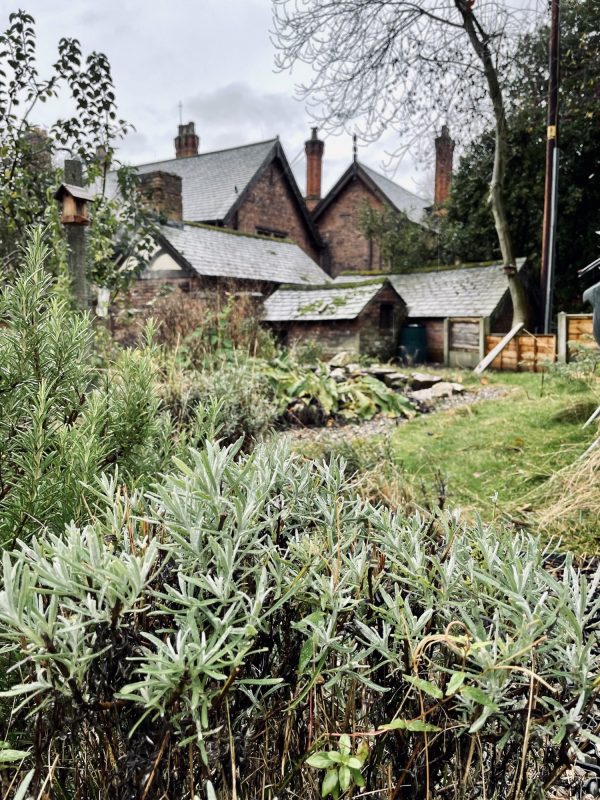
Christmas rose: The Christmas Rose is revered during the festive season for the deep green foliage and delicate white flowers it brings to cold, dark winters. Roses have deeply religious connotations and are particularly synonymous with Our Lady, making this a wonderful way to honour her during Advent. But despite its name and its resemblance to wild roses, the Christmas Rose is actually part of the buttercup family. However, it’s still a lovely way to remind us of Our Lady as we draw ever closer to Christmas. Why not use Christmas roses to decorate a statue or image of Mary this Advent?
White Chrysanthemums: These beautiful white blooms are often used to decorate homes throughout Europe, thanks to a heartwarming German legend. The story goes that one cold night, a family heard a strange cry at their door. After opening the door, they found a beggar, who they invited into the warmth of their home. The beggar then threw off his cloak and revealed himself to be Christ himself. He then fled, leaving behind two white chrysanthemums. Try including these snow-white plants into your decorations this year as a reminder of welcoming Christ into our hearts and homes this Christmas – as well as seeing the face of Christ in the people around us.
